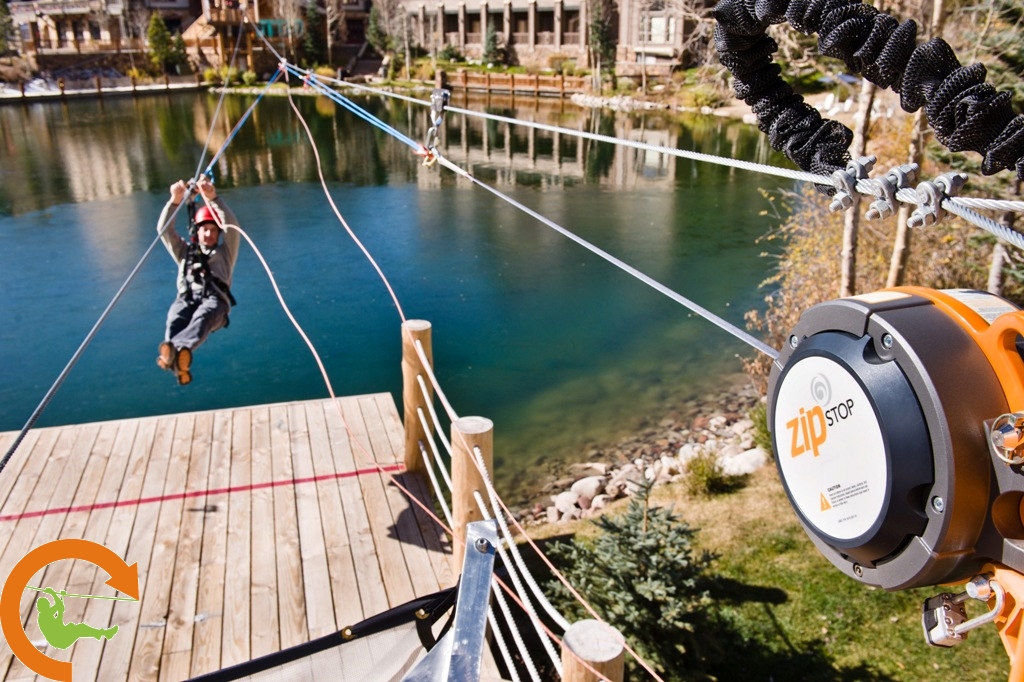Zip lining has exploded in popularity over the past decade, offering adrenaline junkies and nature lovers alike the opportunity to soar through the treetops or across breathtaking landscapes. As more and more adventure seekers flock to these aerial attractions, the zip line industry faces heightened scrutiny regarding consumer safety and product quality. With lives quite literally hanging in the balance, understanding consumer expectations and addressing potential product defects is paramount.
Reasonable Consumer Expectations
In the realm of product liability, the reasonable consumer standard plays a pivotal role in determining whether a product is defective. This standard evaluates whether a product meets the ordinary expectations of a reasonably prudent consumer. In the context of zip lines, consumers have a reasonable expectation that the equipment and infrastructure will be designed, manufactured, and maintained to minimize the risk of injury.
Zip line operators must ensure that every component, from the cables and harnesses to the platforms and braking systems, adheres to stringent safety standards. Consumers expect clear instructions, proper training, and qualified staff to guide them through the experience. Any deviation from these expectations could potentially constitute a product defect, leaving operators vulnerable to liability claims.
The Role of Expert Testimony
In cases involving alleged product defects in the zip line industry, the testimony of a qualified zip line expert witness can be instrumental in establishing or refuting claims of negligence or breach of duty. These experts possess specialized knowledge and experience in the design, construction, operation, and maintenance of zip line systems, enabling them to provide valuable insights into industry standards, safety protocols, and potential points of failure.
Design Defects: Engineering for Safety
One of the primary concerns in the zip line industry revolves around design defects. These defects can arise from flaws in the initial conception or engineering of the zip line system, compromising its structural integrity or safety features. Improper cable tension, inadequate braking mechanisms, or substandard construction materials can all contribute to potentially catastrophic failures.
Zip line operators must work closely with qualified engineers and adhere to industry best practices to mitigate the risk of design defects. Regular inspections, maintenance, and upgrades should be undertaken to ensure the system remains compliant with evolving safety standards.
Manufacturing Defects: Quality Control Challenges
Even with a sound design, manufacturing defects can undermine the safety and reliability of zip line equipment. These defects can stem from errors in the production process, such as faulty materials, improper assembly, or deviations from specified tolerances. A single defective component, whether a harness, carabiner, or pulley, can have devastating consequences.
Rigorous quality control measures are essential in the zip line industry to identify and address manufacturing defects before equipment is deployed. Comprehensive testing, thorough inspections, and stringent supplier audits can help minimize the risk of defective products entering the market.
Failure to Warn and Inadequate Instructions
In addition to design and manufacturing defects, zip line operators may also face liability for failure to warn consumers of potential hazards or provide adequate instructions for safe participation. Clear signage, comprehensive training sessions, and detailed user manuals are crucial to ensure that participants understand the inherent risks and how to mitigate them.
Failure to properly communicate safety protocols, weight limits, or other critical information could constitute a breach of duty, leaving operators vulnerable to claims of negligence or product liability.
Ongoing Vigilance and Continuous Improvement
As the zip line industry continues to grow and evolve, maintaining consumer safety and addressing product defects must remain a top priority. Operators, manufacturers, and regulators must work collaboratively to establish and enforce rigorous safety standards, embrace technological advancements, and foster a culture of continuous improvement.
Regular inspections, comprehensive training programs, and open communication channels for reporting and addressing safety concerns are essential steps in maintaining consumer trust and ensuring the zip line experience remains a thrilling yet responsible adventure.
In the end, the zip line industry’s success hinges on its ability to strike the delicate balance between offering exhilarating experiences and prioritizing consumer safety. By upholding the reasonable consumer standard, addressing product defects proactively, and fostering a culture of vigilance, the industry can continue to soar to new heights while safeguarding the well-being of its adventurous participants.

